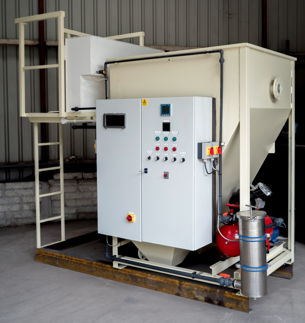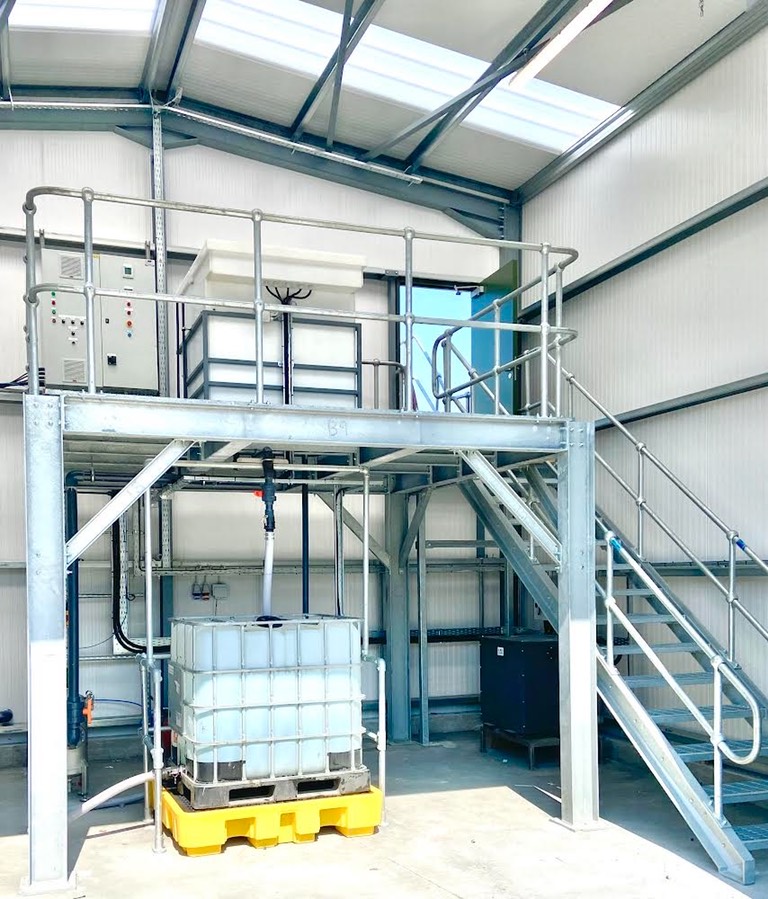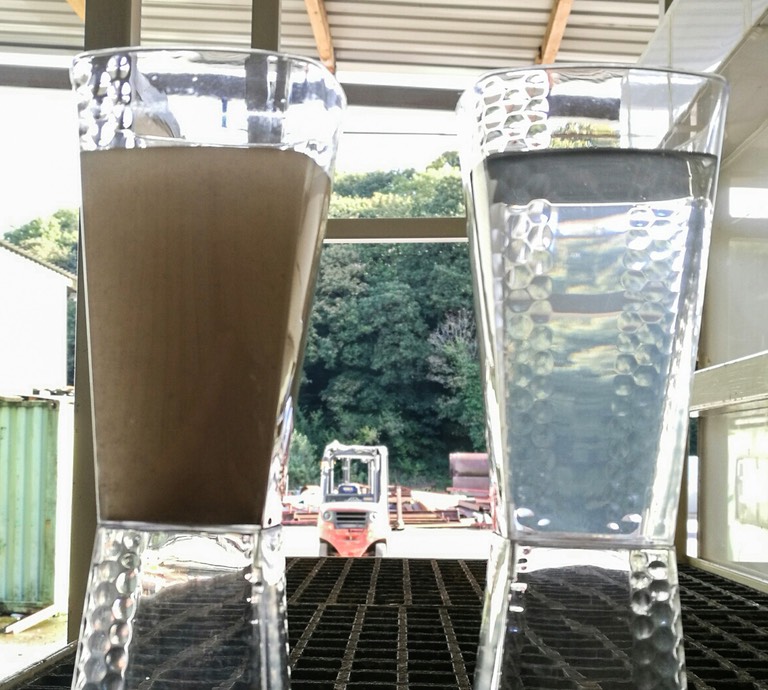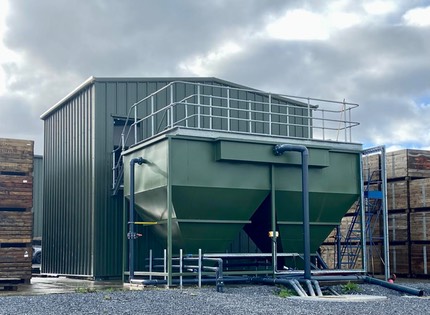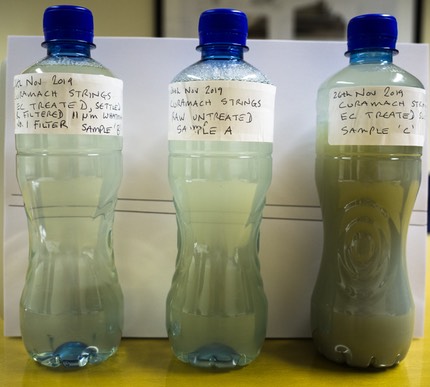Electrocoagulation Brochure Ver 11
Overview
Electrocoagulation (EC) is a well established technology for the treatment of industrial waste water without the need for process chemicals such as coagulants of Ferric, PAC or polymers. It serves industries such as dairy, metal plating, oil & gas, food processing, mining, truck & car wash, cooling water, ground remediation, food processing, mining and potable water treatment.
A wide range of pollutants can be efficiently removed up to 98% including heavy metals, COD, BOD, suspended and colloidal solids, FOGs, bacteria, viruses, hydrocarbons, pesticides and herbicides. EC will not remove dissolved solids such as salts.
EC is a good pre treatment to membrane technologies where high quality water re-use is required.
Typical Contaminant Removal Performance using EC Technology
The removal rates for the contaminants listed below are typical and are intended to provide a guide. Most waste waters are complex products and it may only a single contaminant that needs removal to meet discharge or re-use standards. The EC technology can remove multiple contaminants from waste water or target specific elements and this is done by selection of electrode material, residence time and current density applied. It every case, it is advisable to run trials to determine the most efficient operation procedure to maximise removal rate to minimise operational costs.
Capacities
EC plants are available in sizes 1 m3/hr to 100 m3/hr
The Electrocoagulation Process
Electrocoagulation EC is the process of applying a direct current voltage to the waste water to be treated using submerged electrodes which act as the anode and cathode. Typically, these electrodes are made from mild steel and aluminium. A DC voltage is applied to the electrodes and due to the conductivity of the water passes between the electrodes. The electrical current acts on the suspended particles in the water, neutralising their charges and allowing the very fine solids to precipitate and settle. The electrical current also makes the electrodes sacrificial and in doing so, they give up their metal ions into solution in water. These ions acts a similar manner to the chemical coagulants used in DAF systems. Suspensions and emulsions are destabilised, solids coagulate and separate out and and hydrocarbons coalesce. The EC reaction time is typically between 20 and 120 seconds depending upon the contaminants being treated. The consumables are electricity and the sacrificial electrodes. Both these directly effect the EC operational cost. Energy consumption is typically 1.0 kWh to 2.0 kWh per cubic meter (1000 litres) treated with a metal electrode consumption of around 24 grammes per cubic meter treated. Compared with chemical dosing systems, EC produces significantly less sludge with much lower sludge handling costs. Unlike chemically produced sludges, EC produces a broadly neutral pH, easy to dewater and non-leaching, sludge.
Electrocoagulation - Electrical Description
EC requires a DC voltage to be applied to the submerged electrodes in the reaction chamber. The incoming voltage is AC and therefore needs rectifying before it can be applied. The incoming electrical supply is typically 400V three phase but for smaller EC plants 230V single phase can be used. A 1:1 isolation transformer for safety and then the AC supply is converted to DC via a fully configurable and controllable digital DC drive. This delivers a fully variable DC voltage to the electrodes from 0 - 480 V DC. The EC process depends upon the electrical Current Density (CD) applied to the electrodes and the available surface areas of the electrodes. The EC plant provides a very large electrode surface area relative to the flow rate meaning the CD can be minimised for the specified reaction time. The current drawn is dependent on the conductivity of the water which can vary extensively. The EC reaction chamber is configured using a bipolar electrical connection and multiple, close spaced electrodes to reduce the resistance in the chamber. This make the energy consumption very efficient because no excess voltages used as this would lead to wasted heat. Because the operator of the EC plant is able to fully tailor the voltage applied, the absolute minimum electrical energy and metal electrodes are consumed.
The electrodes are kept clean by the use of voltage polarity reversal and periodic, clean-in-place acid (weak) washing.
If needed, some waste waters will benefit from pH correction before EC treatment. Dynameau can advise on this.
Trials and Pilot Studies
For initial trials to see if EC is an effective treatment on a specific waste water, it is advised to commission the bench scale EC plant using a 5 litre sample. This will give a representative result and if this is favourable a larger 1m3 per hour EC plant is available for more continuous trials either at our works or on site.
